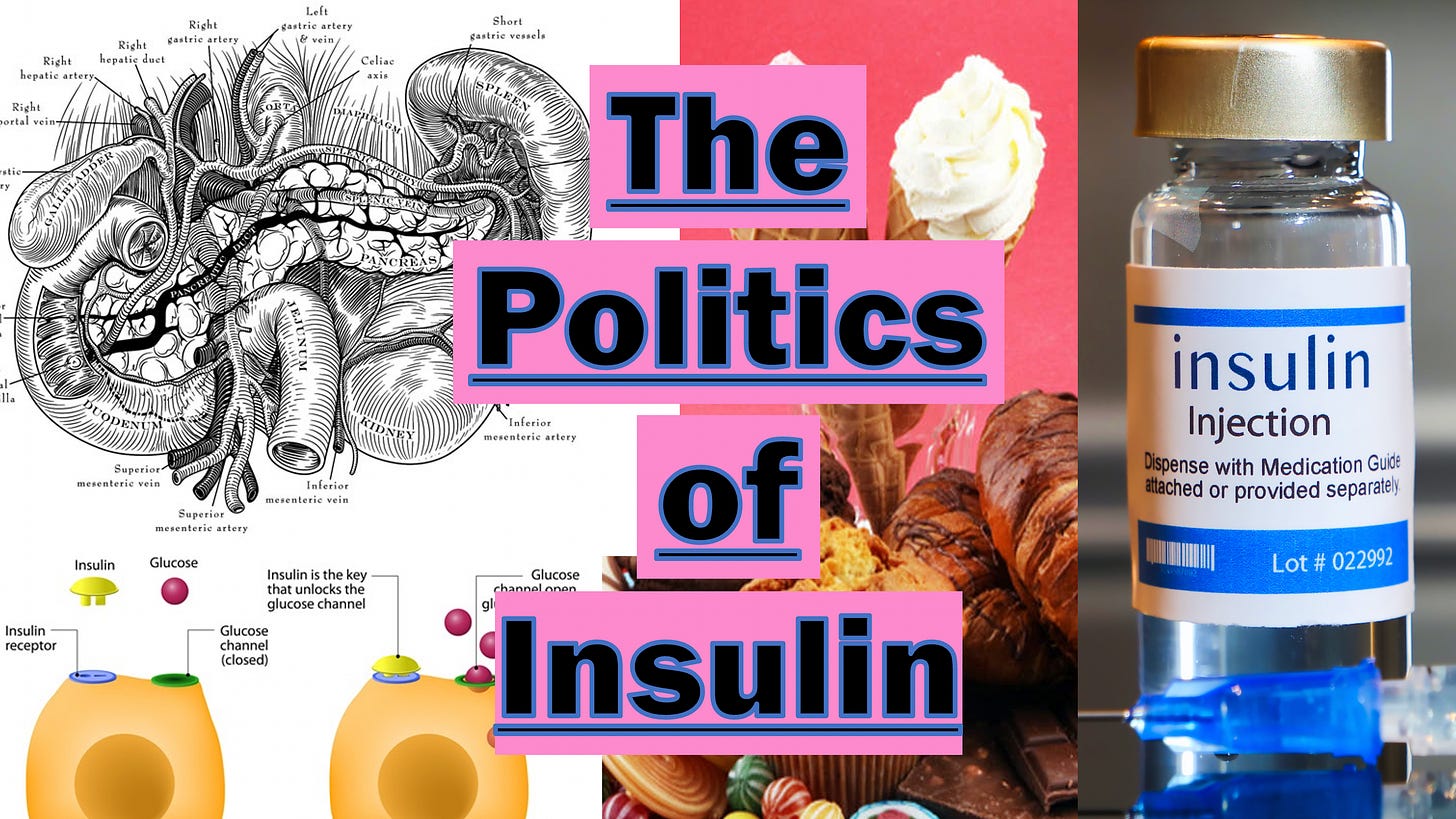See image credits below.
The following is an excerpt from p. 108-110 of Chapter 2, “Sugar is the Knife: The World’s Favorite Drug” from my new book, Drugism (2022):
[This excerpt is the 1st in a 3-part series exploring sugar, diabetes, and the political/economic underpinnings of the insulin market.]
Before the political demonization of opium and its derivatives, some people saw sugar much the way opioids are seen now: as a potent, habit-forming, life-threatening drug.[i] In fact, one of the many conditions which opioids were used to treat at the time was diabetes. Before the passage of the Harrison Act, the Encyclopædia Britannica listed opium, morphine, codeine, and heroin all as medicines used in diabetes treatment. “Opium,” read the Encyclopædia’s entry on diabetes, “is often found of great service, its administration being followed by marked amelioration of all the symptoms.”[ii]
Less than a decade after the passage of the Harrison Act, another drug was developed that changed the course of diabetes treatment forever: insulin. But before we can understand insulin’s impact, we must properly explain diabetes and its connection to sugar.




